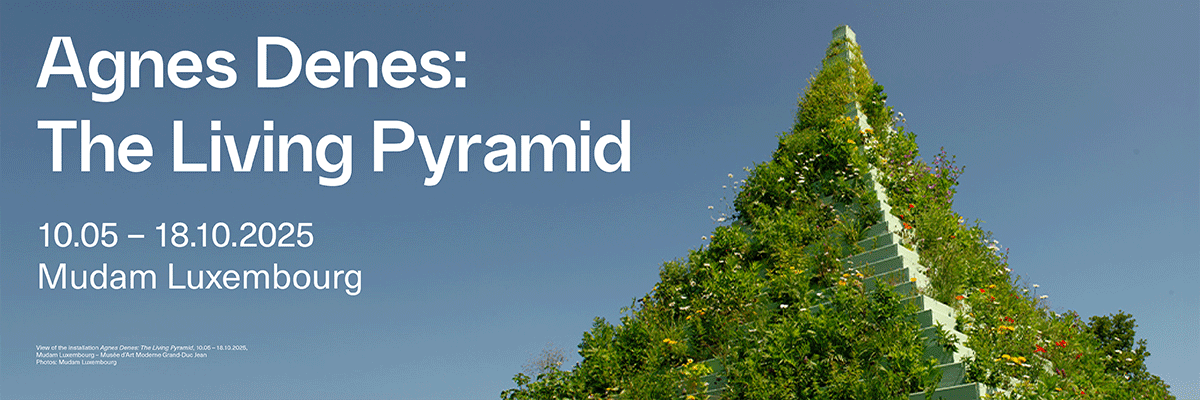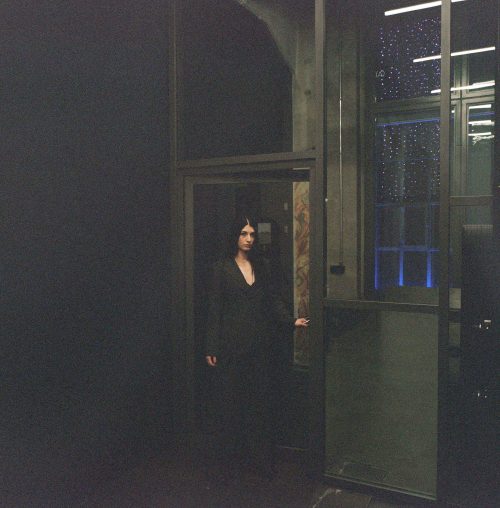
Sebastian Koeck
Cave Wars
Project Info
- 💙 VeSch Kunstverein
- 💚 Martin Vesely
- 🖤 Sebastian Koeck
- 💜 Leonie Huber
- 💛 Aaron Amar
Share on

Trapped In Sand Cave, 2023, cardboard, acryllic sheet, twist wire, glue, epoxy resin, graphite, stripped LED candle electronics, AA batteries, 300 x 150 x 100 mm
Advertisement

installation view

Misfits, 2023, free used shelving, modified by previous owners, size variable

untitled, 2023, dimmer relay, size variable

Open Casket with Chains, 2023, cardboard, acryllic sheet, twist wire, glue, 150 x 50 x 40 mm

Open Casket with Chains, 2023, cardboard, acryllic sheet, twist wire, glue, 150 x 50 x 40 mm

installation view

Misfits, 2023 free used shelving, modified by previous owners, size variable

Abandoned Ticket Booth, 2023, cardboard, epoxy resin, graphite, fishing flies, drawing, 450 x 330 x 100 mm

installation view

Misfits, 2023 free used shelving, modified by previous owners, size variable

Greatest Cave Explorer Ever Known, 2023, cardboard, glue, 440 x 350 x 105 mm

installation view

Discovered Crystal Cave, 2023, cardboard, acryllic sheet, twist wire, glue, epoxy resin, graphite, stripped LED candle electronics, AA batteries, 350 x 170 x 70 mm

Discovered Crystal Cave, 2023, cardboard, acryllic sheet, twist wire, glue, epoxy resin, graphite, stripped LED candle electronics, AA batteries, 350 x 170 x 70 mm

installation view

installation view

Floyd Collins Shrine, 2023, two stacked plastic chairs with natural patina, stickers, 850 x 540 x 400 mm

Breeze, 2023, open front door, open back door, no size

Breeze, 2023, open front door, open back door, no size
Teenager: Excuse me, Sir. I couldn’t help but notice that you’re wearing a hard hat and carrying a rope and a flashlight. What do you need this stuff for?
Spelunker (proud): I’m a spelunker. This is my equipment to explore cave systems. Their hidden secrets might not be easily accessible or visible at first glance.
Artist: What a strange coincidence! (gesturing into the space) This exhibition here is about Floyd Collins who was a spelunker, too.
Teenager: Oh, I didn’t know that. Maybe I should have read the exhibition text.
Spelunker (to the artist): Indeed, that’s why I’m here. Floyd Collins was the Greatest Cave Explorer
Ever Known – it even says so on his gravestone.
Teenager: I’ve never heard about him. Who is this guy?
Spelunker: Floyd Collins lived at the beginning of the 20th century in rural Kentucky, in the area of the world’s longest known cave system. At the time, in the so-called Kentucky Cave Wars local cave owners and explorers competed over access and ownership of the best caves. Already as
a child, Collins explored caves near his home trying to earn some money for the family.
Teenager: How does one discover a cave?
Spelunker: The entrance to a cave might not be more than a hole in the ground. Experienced spelunkers like Collins looked for a Breeze which would hint to a larger cave system with multiple entrances.
Teenager: If he was the Greatest Cave Explorer Ever Known, he must have discovered some amazing caves…
Spelunker: In 1917, Collins Discovered Crystal Cave, but despite its spectacular crystals the cave didn’t attract many visitors because of its remote location. Eager to commercialize another cave with better revenue prospects, he planned on opening a cave on his neighbor’s property for visitors. While working to enlarge a small entrance in 1925, he got Trapped in Sand Cave and stuck in a narrow passageway some 17 meters underground. For five days, locals climbed into the cave to bring him food and drink, until a rock collapse blocked the access.
Artist: I just did some research (holds up smartphone) and found some interesting details on Wikipedia. Apparently, the story attracted a lot of media attention and over a thousand people gathered outside the cave. Because of the Great Depression everybody was struggling to make money, so Collins’ neighbors sold hamburgers to feed the crowd on site. A newspaper journalist who did multiple interviews with Collins in the cave won a Pulitzer Prize in 1927 for his coverage of the event. The rescue operation was one of the first major news stories reported using the new technology of broadcast radio, too. (To himself) I really need to read Marshall McLuhan…
Spelunker: With the media attention, the government got involved and sent a team of experts to dig a shaft to the position where Floyd Collins was stuck. After 17 days, help finally reached Collin’s body: he had died approximately three days before.
Teenager: That’s tragic!
Artist: One man’s faith is another man’s artwork: His brother signed a contract with a Vaudeville theater and traveled the country for months performing the story of his brother’s death.
Spelunker: With the money, the brother was able to get Collins’ body out of the cave where it had been left. The family buried him above the Great Crystal Cave and visiting the grave was included in the ticket price. Two years later, the father sold the Great Crystal Cave to a local investor. For a third time, Collins was disinterred and the new owner displayed the corpse in a glass-topped coffin inside the cave. Above ground, only the Abandoned Ticket Booth remained.
Artist: The specter of capitalism and extractive tourism! (to himself) I really need to read Derrida…
Spelunker (continuing the story): In 1927, the casket was stolen. When it was discovered a few days later in a nearby creek, one leg was missing from the corpse. After this incident, Collins was buried a fourth time in an Open Casket with Chains kept in a secluded part of the Great Crystal Cave.
Teenager: Is he still there today?
Spelunker: No, in the sixties when the area was made a national park, the cave was closed to the public. At the wish of the family, Collins was buried a fifth time in the graveyard.
Artist: In the exhibition, five small-scale objects reference the five different burial sites of Floyd Collins.
Teenager (looks closely at the objects): They remind me of toy packages, but without the toys. Look, some of them have twist wires where the corpse, eh body, would be. I guess it kind of fits. The story of the cave guy sounds like he was some kind of action hero.
Artist: What an insightful association, I didn’t think of that. (thinks) With the attention-grabbing print on the package removed and the toy figure missing, they are nothing but a frame without an image… A dusty casket for a product.
Teenager: I’m not sure though, as an action figure, if he would be the good guy or the bad guy. Of course, he died tragically, but everyone in this story appears to only act in their own interest. Floyd, his family, the neighbors, the investor, even the media!
Spelunker: Yes, I guess they all wanted to benefit from the greatest cave explorer of all time. After his death, they built a Floyd Collins Shrine. In reality, he had many faces: a proud entrepreneur, a spelunker desperately stuck in a cave and an embalmed tourist attraction. (chuckles) The holy trinity!
Artist: Floyd Collins Shrine – the title of this work, right? (points at two stacked plastic chairs)
Teenager: I’m sorry, but now I need to ask you: What does it mean? (helplessly points at the plastic chairs)
Artist: I can’t speak for the artist, but I think that the plastic chair symbolizes the presence of humans in nature. To me it both represents the death of civilization – plastic, climate change etc. – and illustrates the precarious conditions under which the people of Collins’ story had to survive. I
find it an interesting formal decision to present a pile of two chairs. (pensive) If you think about it, sculpture is nothing more than piling things up. And the smallest possible pile is
a pile of two.
Teenager: Some people also pile up pretty useless stuff. I mean, look at all these cards laying on the floor. What are these?
Spelunker: You might not know, because you’re not allowed to drive a car yet. These are kind of like the business cards of used-car dealers. They walk through the streets and put them in the door handle, on the side-view mirror or the windshield of parking cars. On them is their name, phone number and some information about their business.
Teenager: So, it’s just a pile of badly designed, cheap produced cards thrown on the street by disinterested car owners?
Artist: In contemporary art, things are often put into different contexts where they acquire a different meaning. In this case, the artist invites you to pay attention to these cards, these Rejects, which litter the streets of Vienna. It’s not so much the material that matters, but the gesture. The artist collects these cards walking through the streets, looking for them and picking them up.
Teenager (interrupting): If I would see a guy walking through the streets and picking up cards like this from the gutter, I would think he’s weird. People collecting Magic cards, or something like that, is already quite outdated or just very nerdy. But at least those cards you can sell and there are even companies who rate their price and condition.
Artist: Yes, the Rejects don’t have an intrinsic value. But that’s true for many things we surround ourselves with. Their value might be personal, subjective. They might only mean something to the owner or collector. In this way, the cards are the opposite of the commodity they represent – without any exchange value.
Spelunker: Similar to these shelves. I read in the exhibition text, these are just randomly picked up from Willhaben for free. Nobody would pay money for them, but to their owners they probably had a meaning, at least a function.
Artist (excited): Exactly! Just look at the details: The attachments, the hooks and the labels. I think the title Misfits is very telling. They no longer fit to the new furniture of someone’s apartment, but they also don’t fit on the market. Some of them didn’t even fit in in the first place,
so their owners cut parts out.
Teenager: So, what makes them artworks is what they are not?
Spelunker (solemnly quoting the exhibition text): “The nine exhibited artworks are not connected through a linear narrative, but through their shared object status. They appear as trivial matter shedding the defensive display of craftsmanship. As containers for the desires of an absent subject – to explore, to exhibit, to produce, to sell, to dispose – they signify a pleasure larger than life while simultaneously collapsing back into their defining negativity. Neither can ever be fully achieved: The representation of subjectivity as well as the unattainable reflection of reality.”
Artist: What an accurate description of the idiosyncratic quality of this exhibition. And such a sticky title: When you get into the cave, the cave gets into you.
Leonie Huber




